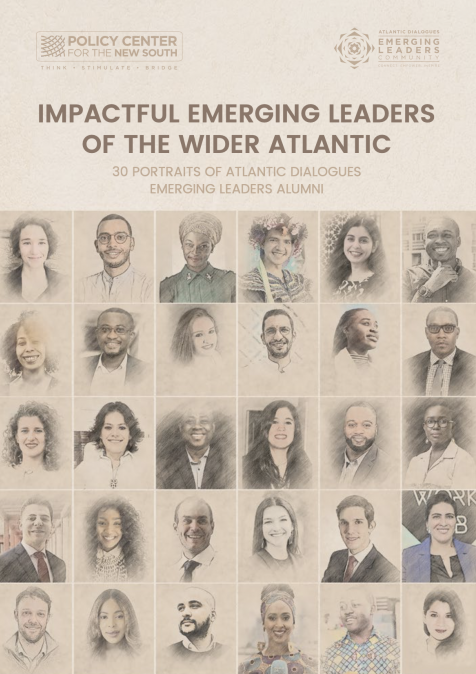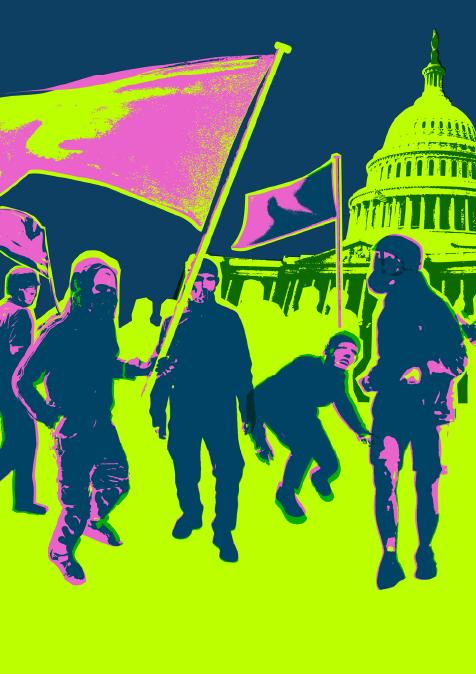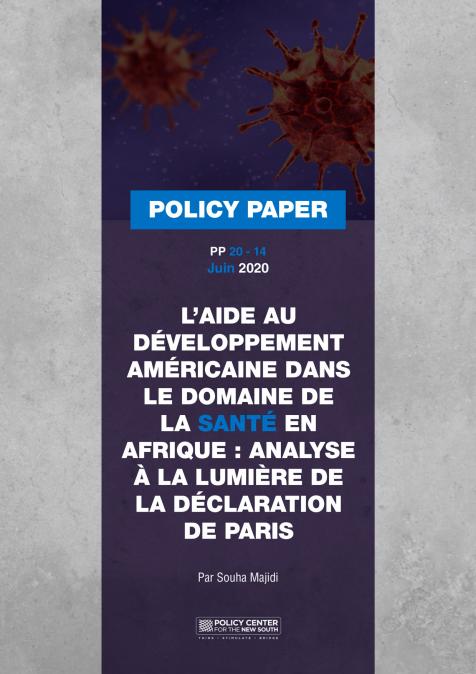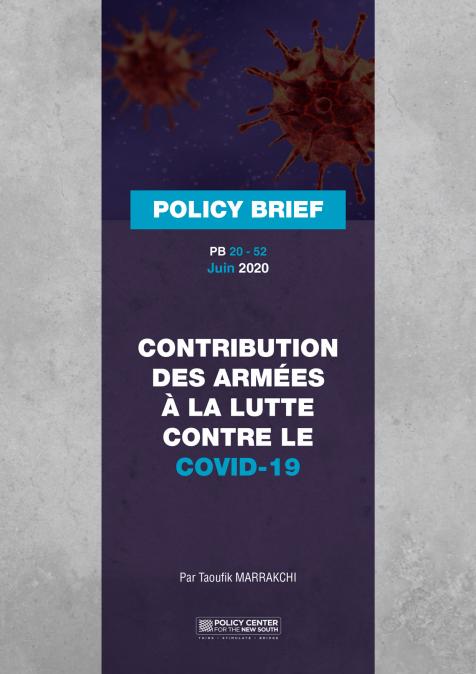Publications /
Opinion
They live in the shadow of death: the United States has 2,650 death-row inmates, 740 in California’s San Quentin State Prison alone. Today, these prisoners fear another executioner, the invisible COVID-19.
The condemned on death row live in single cells, some having spent many decades in solitary confinement. The suicide rate is high, and many die of natural causes before their rendezvous with the special execution team. These prisoners hardly ever receive visitors, and for them the announcement that all visits have been suspended until further notice because of COVID-19, does not darken their spirits.
No nation keeps more of its citizens behind metal bars and high walls than the U.S., where in 28 states, condemned men and women are still executed, mostly with the help of drugs that civilian hospitals urgently need to save the lives of civilians infected by COVID-19. Most of the death penalty states use in their executions sedatives and paralytics, such as midazolam, designed to help patients during procedures such as intubation. Joel Zivot, an Emory University anesthesiologist caring for critically sick coronavirus patients in intensive care, said the medicines being stockpiled in order to kill death row prisoners were vital in the process of treating severely ill COVID-19 patients. “None of these medicines were designed for executions”, Dr Zivot told The Guardian. “Stockpiling drugs intended to save lives in order to kill people was never acceptable, but that is especially the case now when it is actually harming the public in the face of the coronavirus crisis”.
Authorities in Florida, Nevada, and Tennessee admit they are stockpiling large quantities of sedatives and paralytics for executions, but seem reluctant to share the drugs with hospitals despite the fact that the US Food and Drug Administration has also recorded shortages of midazolam and fentanyl. Consequently, doctors have to ration the use of drugs which are critical in the process of mechanically ventilating patients on the verge of death. A letter signed by Joel Zivot and six other leading anesthesiologists, pharmacists and medical academics, has been sent to the correction departments of all death penalty states, warning that drug shortages could put even the lives of those departments’ own top officials in peril: “Your stockpile could save the lives of hundreds of people… Those who might be saved could include a colleague, a loved one, or even you.”
‘Spreading Like Wildfire’
Out of precaution some housing units of San Quentin have been put under quarantine, but no inmate on its death row has been confirmed COVID-19 positive, although it seems only a question of time until the virus will touch those waiting for death. The Sacramento Bee reported fears that the coronavirus will “spread like wildfire”, touching thousands of inmates. Prisoners are already at a higher risk of suffering from respiratory infections, such as tuberculosis, which is 17 times more prevalent, and hepatitis C, which is nine times more prevalent among inmates. About 40% of all prisoners have at least one chronic health condition.
Many penitentiaries and jails are overcrowded. U.S. Attorney General William Barr instructed the Federal Bureau of Prisons to free some inmates to lessen the impact of the coronavirus, liberating those aged 60 and older, who have not been convicted of violent or sex crimes—about 2000 prisoners. After guards and half a dozen inmates in New York’s five prisons on Rikers Island died from the virus, the mayor decided to release people arrested for minor crimes and those most vulnerable because of their chronic health problems. Rikers Island, the Wall Street Journal reported, “is one of the most infected workplaces in the U.S”. In New York City about 800 correction employees tested positive for COVID-19, at least eight of whom have died. California decided to free 3,500 inmates convicted of nonviolent crimes, who were already due to be released within 60 days. Some prison union officials have warned of riots if the coronavirus cannot be contained in the institutions.
COVID-19, and prisons and penitentiaries, are not just an American challenge, but a worldwide problem, from Morocco to Seoul, from Columbia to Italy’s Foggia, where in March 80 detainees escaped amid chaos, sparked by the government’s COVID-19 restrictions—no visitors, no outside activities, time in the narrow cells. Iran freed, temporarily, 54,000 prisoners, keeping about 50,000 behind bars, including violent offenders, dual nationals and others with ties to the West. Turkish authorities passed a law to free thousands of prisoners, but did not include individuals convicted under anti-terrorism laws, or journalists, politicians, and lawyers in pretrial detention.
In the COVID-19 crisis, which has led governments to introduce tough lockdown measures, real prisoners can suddenly hope for some sympathy, or at least understanding. Stacey Dyer was sentenced to life in prison 16 years ago and is incarcerated in a Californian jail. She told Mother Jones magazine (April 3) how the news of the COVID-19 threat had shocked the more than 2000 women, including 22 in the death-row building: “There’s been a lot of rumors. Like if things got really bad, the officers could abandon us. That they don’t have to, legally, help or save us or do anything for us. They can leave us for dead.”
Dyer, 40, somehow felt a connection with the world beyond the lethal electric wire: “Watching the news and seeing things on TV, seeing how people are reacting out there to being isolated from each other, is like watching the whole world get locked up in prison with us”. The inmate, convicted for murder, observed on TV how the masses outside “struggle emotionally from not having a connection with people, missing their family, and loved ones. I see it’s taking a toll on people. They’re depressed in the free world. And it’s just interesting to me because we’ve been going through that since we’ve been in prison. Going through these emotions, feeling isolated and trying to find things to do with our time… We are used to being locked up, while the rest of the world is getting a small bitter taste of what we go through”.
No Time for the Innocent
It could hardly be as bitter as for Walter Ogrod, on death row at the Pennsylvania State Correctional Institution Phoenix since being sentenced to death in 1996. Condemned for the murder of an infant, he was ordered with COVID-19 symptoms to the prison infirmary, and asked to remain in quarantine. A banal story—so far. But Ogrod was on his way to be released, since prosecutors agree he is innocent, coerced by homicide detectives into an invented, confession. The coronavirus has disrupted the court procedures that would free the innocent prisoner, almost 25 years on death row, causing a delay until at least June. For the time being Mr Ogrod has to sleep in his cell, near death, one way or the other.





